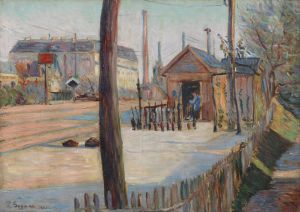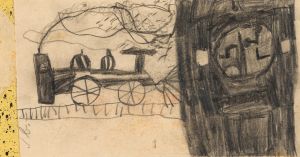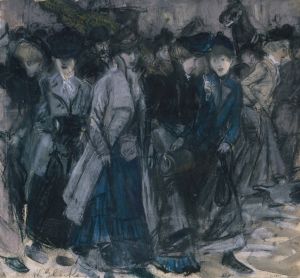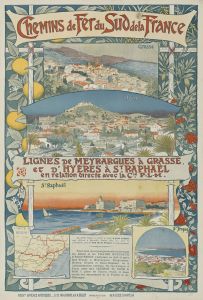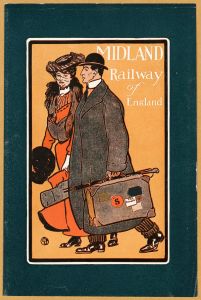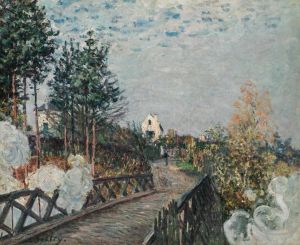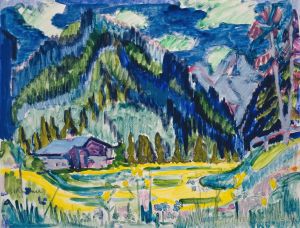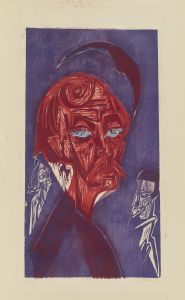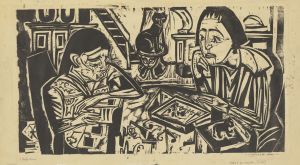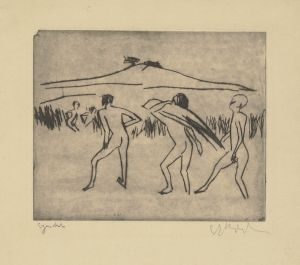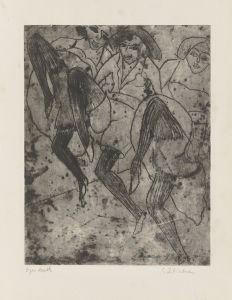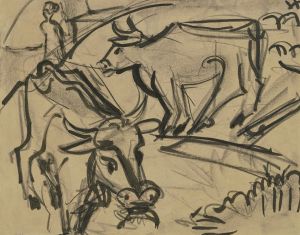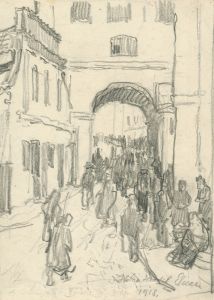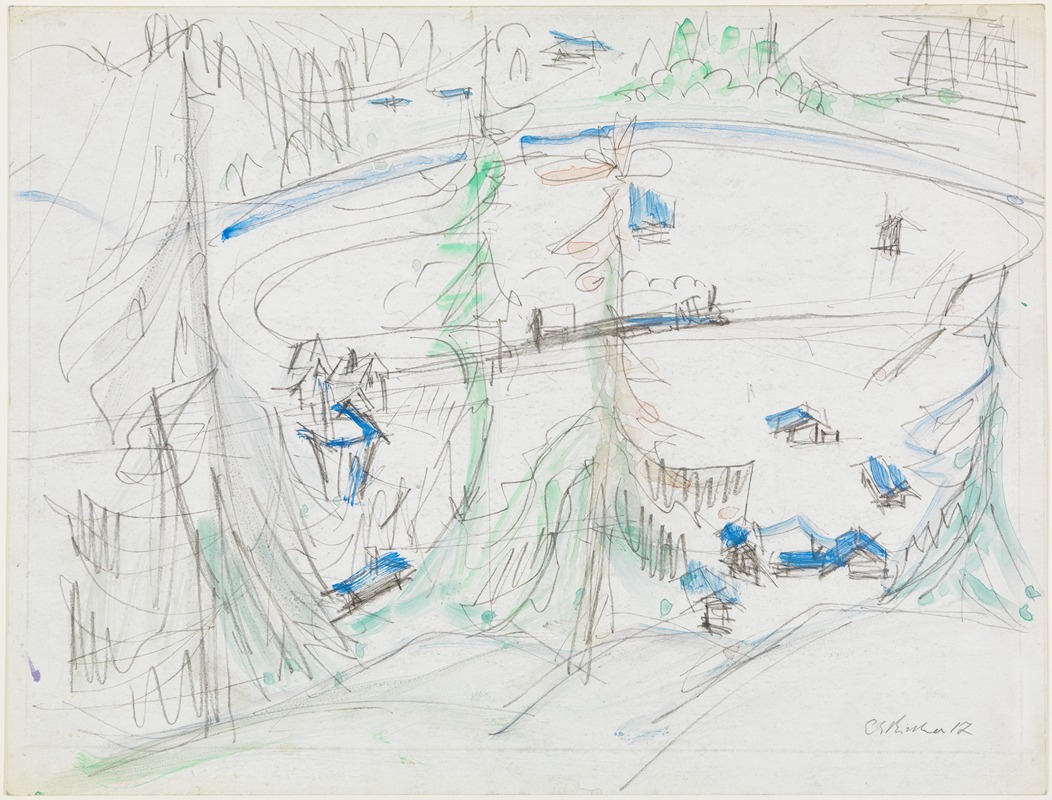
Talkessel mit Häusern und Bahnlinie
A hand-painted replica of Ernst Ludwig Kirchner’s masterpiece Talkessel mit Häusern und Bahnlinie, meticulously crafted by professional artists to capture the true essence of the original. Each piece is created with museum-quality canvas and rare mineral pigments, carefully painted by experienced artists with delicate brushstrokes and rich, layered colors to perfectly recreate the texture of the original artwork. Unlike machine-printed reproductions, this hand-painted version brings the painting to life, infused with the artist’s emotions and skill in every stroke. Whether for personal collection or home decoration, it instantly elevates the artistic atmosphere of any space.
Ernst Ludwig Kirchner was a prominent German expressionist painter and one of the founding members of the artist group Die Brücke (The Bridge), which played a pivotal role in the development of modern art in the early 20th century. Kirchner's work is characterized by its bold use of color, dynamic compositions, and a focus on urban life and the human figure. One of his notable works is "Talkessel mit Häusern und Bahnlinie" (Valley Basin with Houses and Railway Line).
"Talkessel mit Häusern und Bahnlinie" is a landscape painting that exemplifies Kirchner's expressionist style. The painting depicts a valley basin, featuring a cluster of houses and a railway line, capturing the intersection of nature and human development. Kirchner's use of vibrant colors and exaggerated forms is evident in this work, as he sought to convey emotional experience rather than physical reality. The painting reflects Kirchner's interest in the rapid urbanization and industrialization of the early 20th century, themes that were central to many of his works.
Kirchner's landscapes often explore the tension between the natural world and human encroachment, a theme that is apparent in "Talkessel mit Häusern und Bahnlinie." The railway line, a symbol of industrial progress, cuts through the serene landscape, illustrating the transformative impact of technology on the environment. The houses, nestled within the valley, suggest a human presence that is both integrated with and disruptive to the natural setting.
Kirchner's technique in this painting involves bold brushstrokes and a vivid color palette, typical of the expressionist movement. The dynamic composition and distorted perspective create a sense of movement and energy, drawing the viewer into the scene. Kirchner's choice of colors—often non-naturalistic—serves to heighten the emotional impact of the painting, a hallmark of his artistic approach.
The painting is part of Kirchner's broader body of work that explores the complexities of modern life. His art often reflects his personal experiences and the socio-political context of his time, including the anxieties and excitements of living in a rapidly changing world. Kirchner's work was deeply influenced by his surroundings, and he often drew inspiration from the landscapes and urban environments he encountered.
"Talkessel mit Häusern und Bahnlinie" is an example of Kirchner's ability to capture the essence of a scene through his unique expressionist lens. The painting not only showcases his technical skill and innovative use of color but also his ability to convey deeper themes related to human experience and the natural world. Kirchner's work continues to be celebrated for its contribution to the expressionist movement and its influence on subsequent generations of artists.
Ernst Ludwig Kirchner's legacy as a pioneering expressionist artist is firmly established, and his works, including "Talkessel mit Häusern und Bahnlinie," remain significant in the study of modern art. His paintings are housed in major museums and collections worldwide, where they continue to be appreciated for their artistic and historical value.





